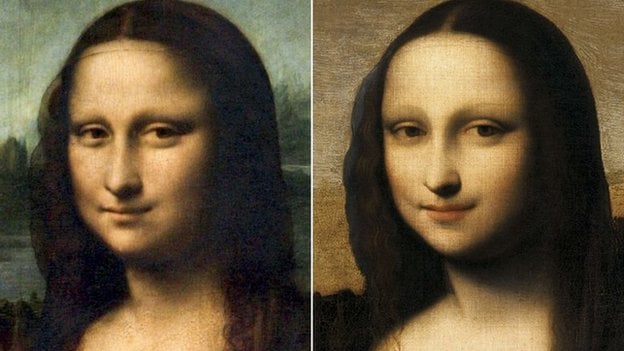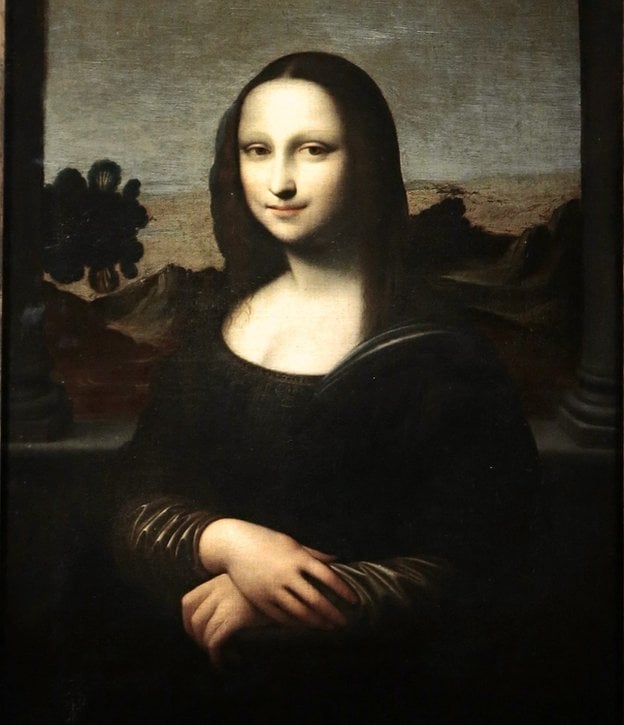Art & Exhibitions
Did Leonardo da Vinci Paint the ‘Mona Lisa’ Twice?
Is a newly discovered painting of a younger Mona Lisa real?

Is a newly discovered painting of a younger Mona Lisa real?

Sarah Cascone

A purported version of the world’s most iconic painting, Leonardo da Vinci‘s Mona Lisa, has surfaced in Singapore, and appears to show a younger Mona Lisa in front of a different background. Said by its owners to be by the hand of the Renaissance master, the painting is thought to predate that of Paris’s Louvre by a decade, and is claimed to have undergone scientific analysis that dates the piece to 1503.
Now being shown publicly for the first time at the Arts House in Singapore’s Old Chambers of Parliament, the story being put forth about this unfinished painting is as follows. It’s said to have been purchased by an English noble visiting Italy in 1778. It was rediscovered by British art collector Hugh Blaker in 1913 in Somerset, and became known as the Isleworth Mona Lisa after it was restored in his London studio.
The canvas, which has belonged to an international consortium since 2008, has now embarked on a tour of the Pacific, with stops in Hong Kong, China, South Korea, and Australia.

Could this new Mona Lisa be Leonardo da Vinci’s first attempt to capture art history’s most iconic portrait sitter?
One of the new painting’s champions is Switzerland’s Mona Lisa Foundation, which manages the paintings and began attesting to its authenticity in 2012. “We feel these latest discoveries and new scientific analysis just carried out leave little doubt that it is Leonardo’s work,” foundation vice-president David Feldman told Reuters. “The vast majority of experts now either agree with us or accept that there is a strong case for our thesis.”
Of course, it could also be that this Mona Lisa is just another Leonardo forgery, of which there are many. Leonardo expert Martin Kemp has been quick to voice his skepticism, warning the BBC that “the fact it’s being shown in Singapore and is not getting an outing in a serious art museum [or] gallery is significant in itself,” and criticizing the work’s landscape and drapery as “inert.”
Should the painting prove authentic, it would seem to debunk at least part of the theory of art historian Angelo Paratico, who recently voiced speculation that the iconic canvas’s sitter was none other than the artist’s mother, and that she was both Chinese and a slave. If the newly unveiled version of the painting really does date to 1503, it seems to depict a woman in her 20s, even though Leonardo would have been around 50 years old at the time. (The Mona Lisa is more widely believed to be Lisa del Giocondo, the wife of a Florentine merchant.)
The Isleworth Mona Lisa is the third known copy of the painting, joining the well-known Louvre version, and a more obscure one held at the Prado in Madrid. Recent comparisons of those two paintings, now thought to have been painted during the same portrait sitting, have raised speculations that together they form a stereoscopic or 3-D image, perhaps the first in history.